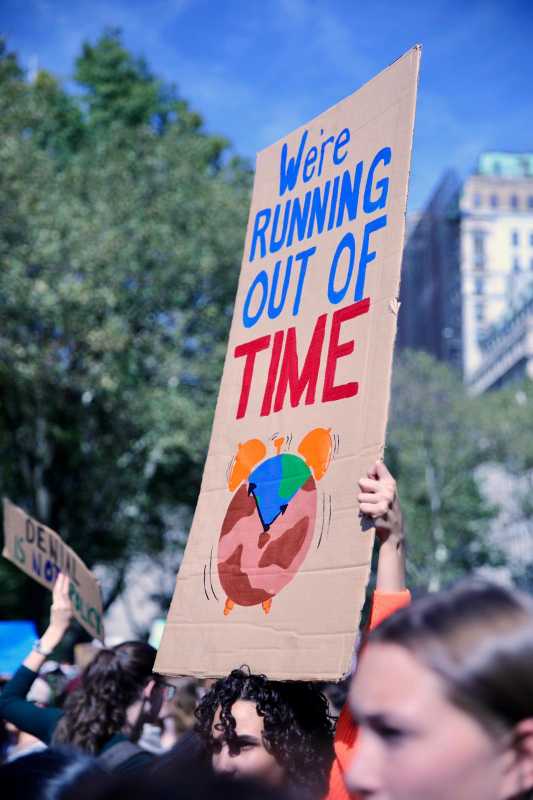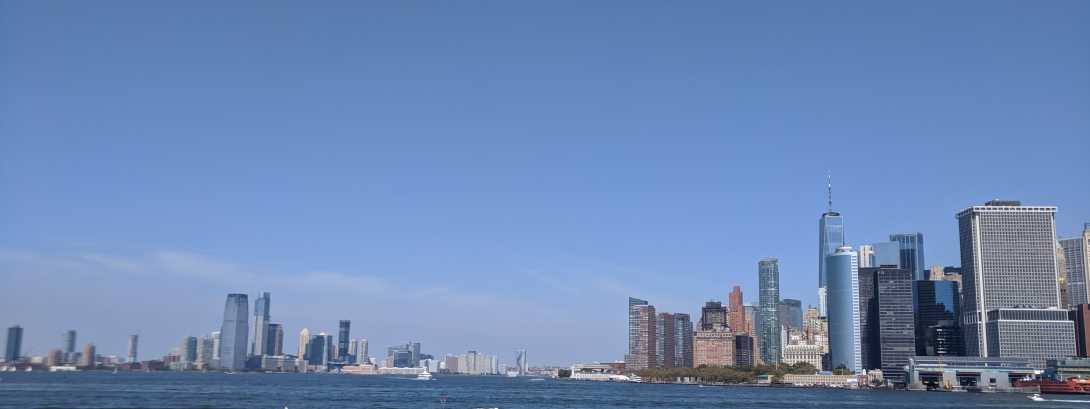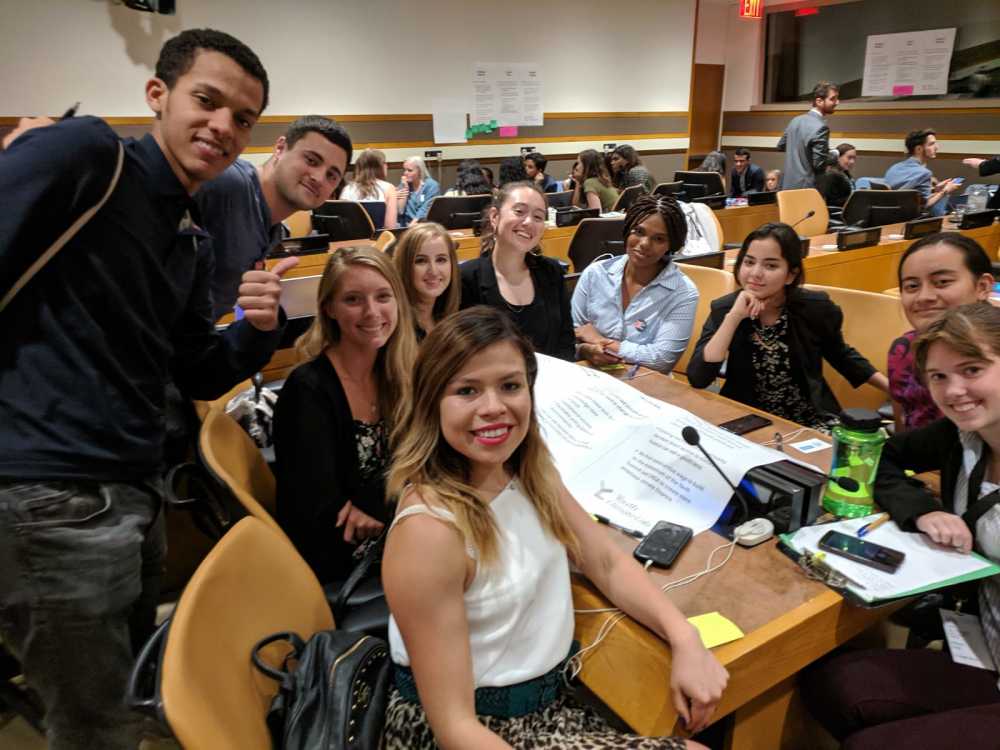
Every March, the D.C. Environmental Film Festival brings tens of thousands of filmgoers together in the U.S. capital for a celebration of both cinema and the planet we all call home. Mirroring the mission of C4C’s Film4Climate initiative, the DCEFF not only shares moving stories on the environment but promotes concrete action to help the planet, “inspiring understanding and stewardship… through the power of film.”
This year, the festival is presenting two Connect4Climate-supported productions: Slater Jewell-Kemker’s new cut of her climate action documentary Youth Unstoppable and Jared P. Scott’s trans-African environmental odyssey The Great Green Wall. Youth Unstoppable will be screened on March 15 at 7:00 PM EDT at the Carnegie Institution for Science and on March 19 at the same time at American University; The Great Green Wall will be presented at the Carnegie Institution on March 14 at 7:00 PM. The first Youth Unstoppable screening and the Great Green Wall screening will be followed by moderated discussions with the films’ respective directors.
Youth Unstoppable is a vivid on-the-ground account of the burgeoning worldwide Youth4Climate movement. Fastidiously compiled across an eleven-year span by Slater Jewell-Kemker, a youth climate activist in her own right who embarked on this ambitious project when she was just fifteen years old, the film speaks to the power of young people to seize control of their own futures and band together to push for sustainable policy as well as everyday lifestyle changes.
 Get your Youth Unstoppable tickets BELOW or at https://bit.ly/3a8FF3U
Get your Youth Unstoppable tickets BELOW or at https://bit.ly/3a8FF3U
The Great Green Wall, executive produced by Oscar-nominated director Fernando Meirelles, follows the journey of Malian music icon Inna Modja as she travels east to west across the Sahel region of Africa. Modja connects with those she meets along the way through song, and learns of the importance—both practical and symbolic—of the titular Great Great Wall campaign, an ambitious tree-planting movement aiming to create a wall of solid green across the heart of the continent. The film is produced by the United Nations Convention to Combat Desertification (UNCCD) with the support of Connect4Climate and partners.
 Get your FREE Great Green Wall tickets BELOW or at https://bit.ly/3a8FF3U
Get your FREE Great Green Wall tickets BELOW or at https://bit.ly/3a8FF3U
These two films embody Film4Climate’s commitment to communicating the urgent need for united climate action through the arts. Youth Unstoppable and The Great Green Wall offer poignant, humane perspectives on those directly impacted by climate change and challenge viewers to act themselves in the planet’s defense.
We hope you will join us for these screenings in Washington, D.C. next month.
 Youth Unstoppable tickets
Youth Unstoppable tickets
 Great Green Wall FREE tickets
Great Green Wall FREE tickets
Banner/thumbnail image courtesy of Pixabay photographer Skeeze.



































